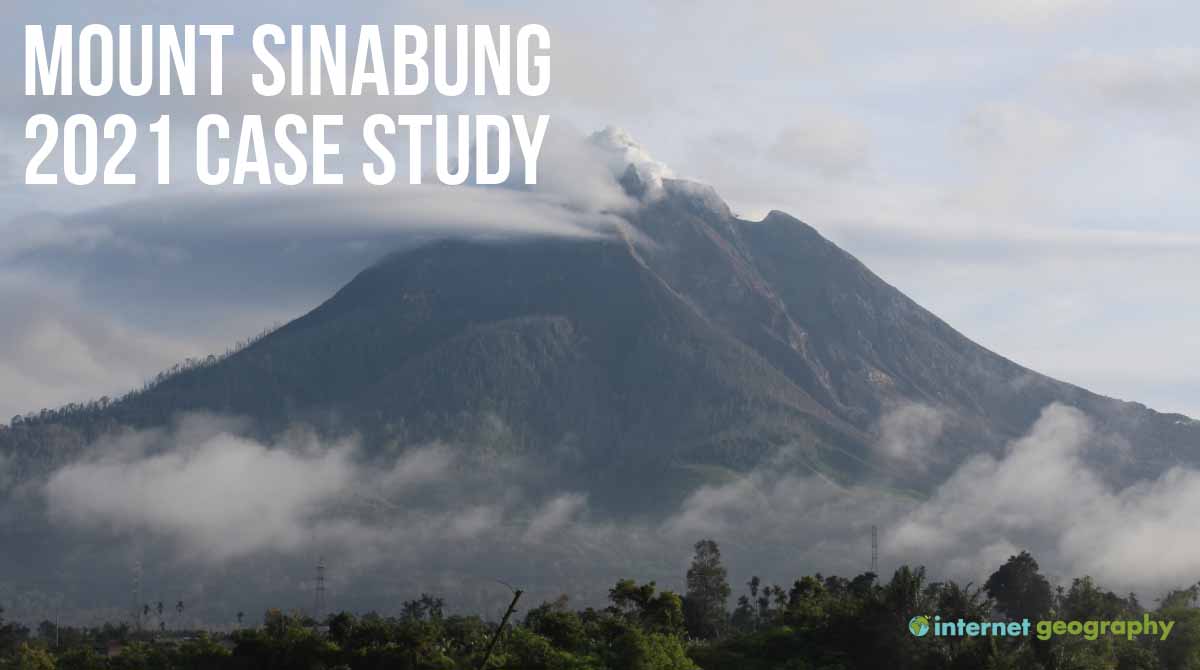When and Where Did It Occur?
Mount Sinabung, located in northern Indonesia, approximately 30–40 km from the Lake Toba supervolcano, experienced significant eruptive activity in March and May 2021. This region is part of the densely populated island of Sumatra.
Why Did It Occur?
Mount Sinabung is situated on the Pacific Ring of Fire, a hotspot for tectonic activity due to the subduction of the Indo-Australian Plate beneath the Eurasian Plate. This geological setting is responsible for the frequent volcanic activity in the area. Sinabung had been dormant for centuries until it reawakened in 2010, continuing to be active.
Short-term Impacts The eruptions in 2021 had several immediate consequences:
- Ash clouds reached up to 2.8 km into the air, leading to widespread ash fall.
- Local authorities advised villagers in North Sumatra to maintain a distance of more than 5 km from the volcano and to be vigilant for ash fall and potential pyroclastic flows.
- Health issues such as eye irritation, respiratory discomfort, and asthma attacks were reported due to the ash. The Department of Health responded by providing medical assistance and supplies to the affected.
- Emergency provisions included the distribution of food and face masks and the setup of temporary shelters with kitchens and sleeping facilities for evacuees.
Long-term Impacts The eruption’s prolonged effects include:
- Potential for chronic respiratory diseases like silicosis and other health complications from continued ash exposure.
- Psychological impacts and the risk of fatalities from structural collapses in subsequent eruptions.
- While the volcanic activity posed significant hazards, it also attracted increased tourist interest in the region, boosting local economies.
- Agricultural prospects are likely to benefit from the enriched soil due to the mineral content of volcanic ash, although this comes with the risk of temporary agricultural disruption.
- Government and disaster management agencies have heightened their monitoring and preparedness to manage ongoing and future volcanic risks, including permanent relocation plans for the most vulnerable communities.

